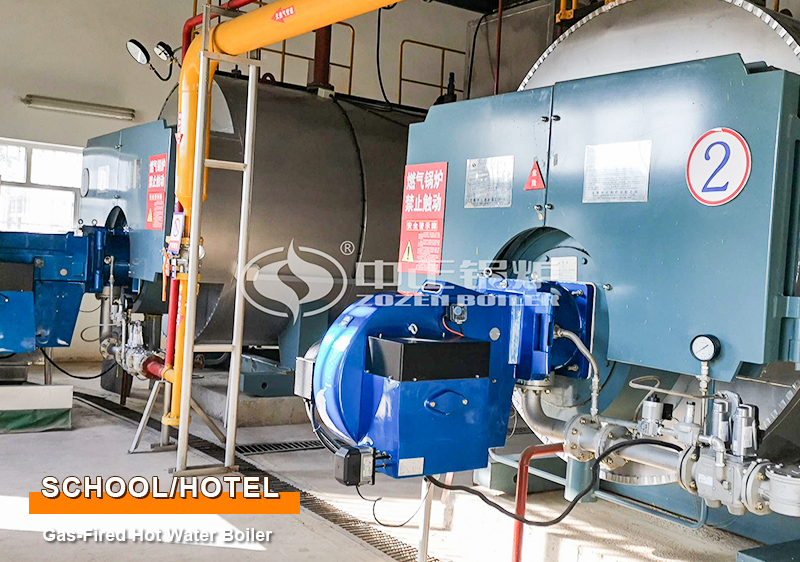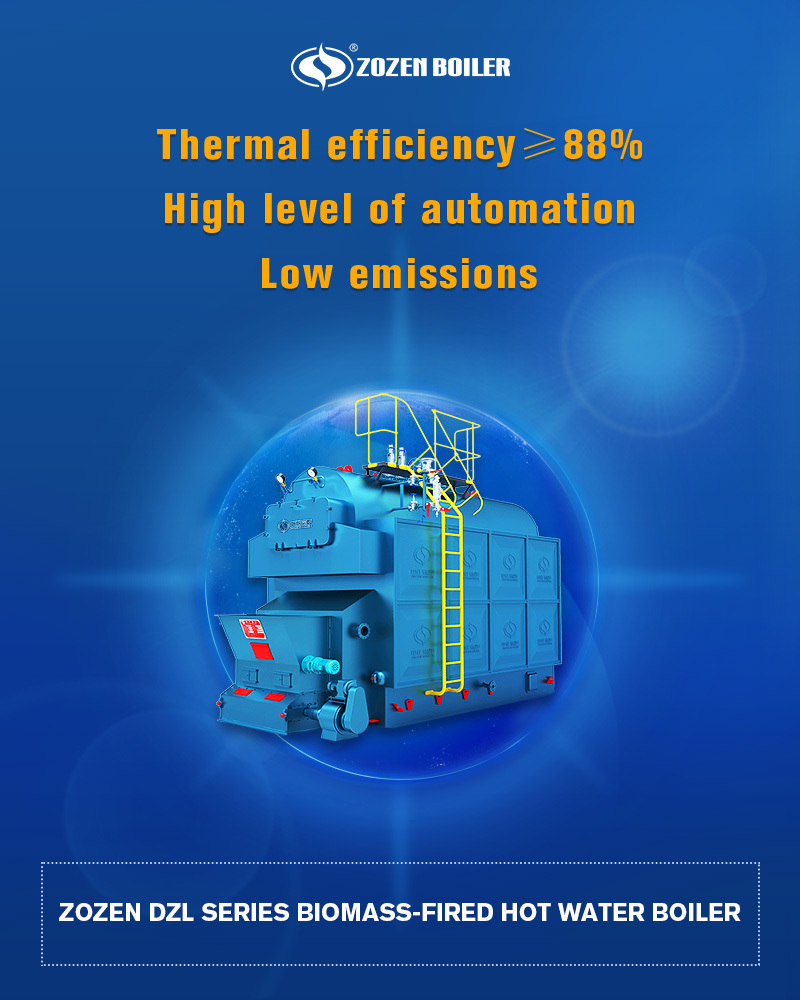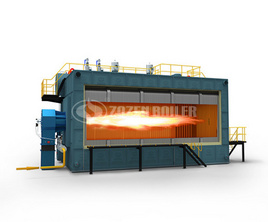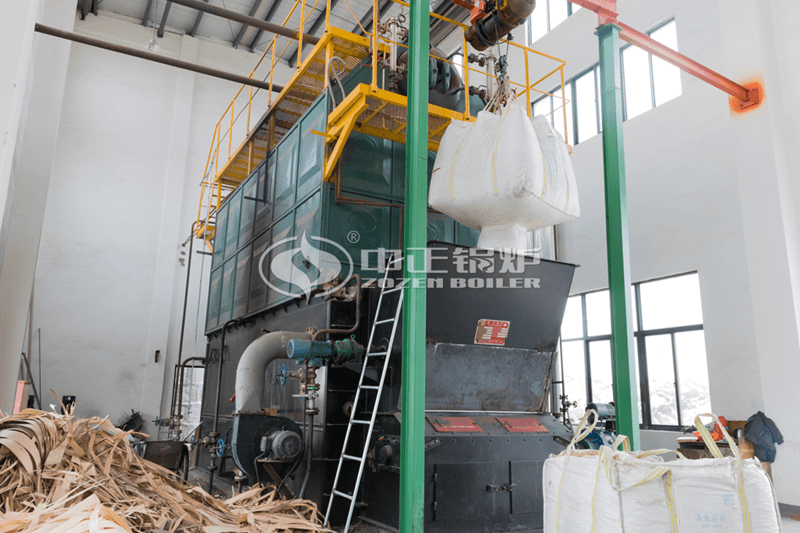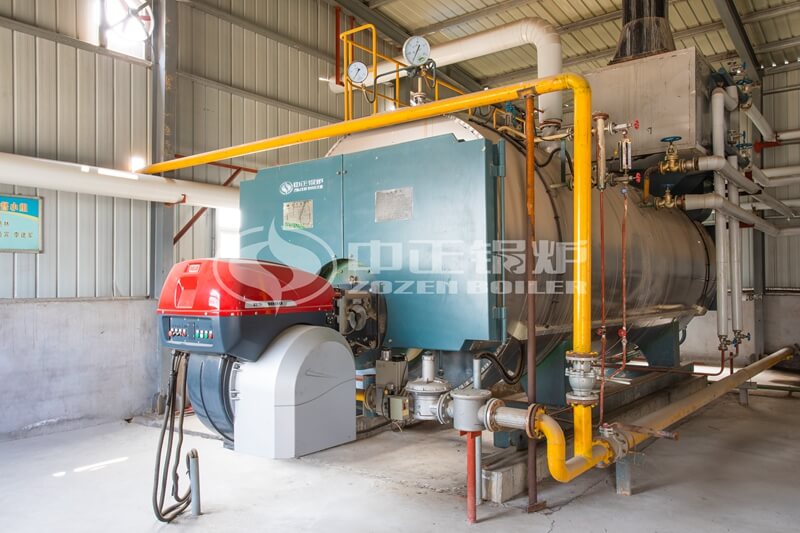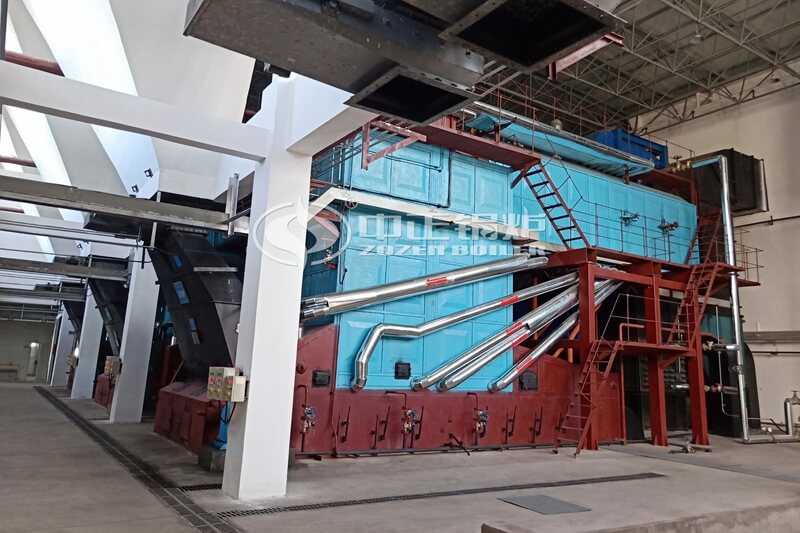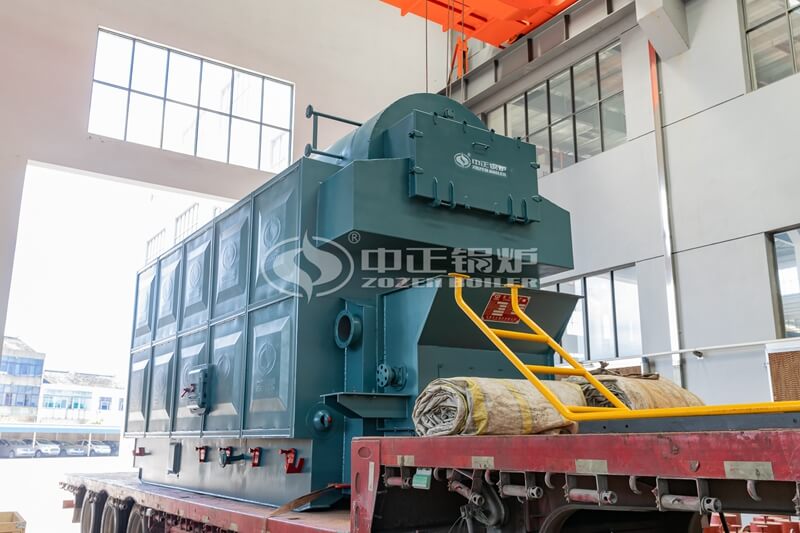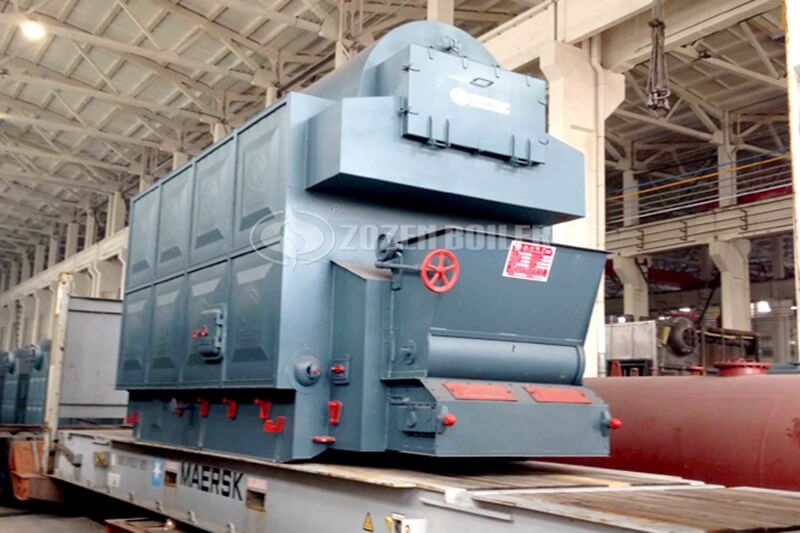1. For hot water boilers whose water replenishment rate exceeds the standard, we must find out the cause and treat the symptoms accordingly, cut off all drain faucets, block all running, emitting, dripping, and leaking, increase the system’s automatic air release valve, and strictly manage the system to ensure the water replenishment rate. Up to standard operation.
2. A small amount of supplemental water is inevitable, but the quality of supplemental water must be paid attention to. It is best to supplement deoxygenated water. The boiler water heated separately can use the waste heat of the tail flue to preheat the cold water (soft water) to 70℃~80℃, and then add the appropriate amount of trisodium phosphate and sodium sulfite into the furnace at the same time, which is beneficial to the furnace body And harmless.
3. Strictly control the pH value of the boiler water, and test the pH value regularly (two hours). When the pH value is lower than 10, the amount of trisodium phosphate and sodium hydroxide can be increased for adjustment.

4. Do the maintenance for shutting down the furnace. After the hot water boiler is out of service, it is best to use dry maintenance. The water must be drained and the moisture must be baked with a small fire. Then add human stones or calcium chloride, and add 2 kg to 3 kg per cubic meter of furnace body volume. Make sure that the inner wall of the pot is dry, so as to effectively prevent corrosion during shutdown.
If it is a new heating furnace, it is recommended to build a steam boiler to heat water by mixing steam and water. Such a heating system can not only effectively protect and extend the service life of the boiler, but also can be used for multiple purposes. It can not only realize hot water heating, but also ensure all domestic hot water, but also save infrastructure investment, which is unmatched by hot water boilers. .
The ideal hot water boiler operating system should be basically tight and non-leakage. There is a fixed amount of water in the system that circulates again and again, carrying out the process of absorbing heat and releasing heat. After the water is circulated, the dissolved oxygen in it has been absorbed by the iron and becomes oxygen-free water, which will not cause serious corrosion to the boiler. The regulations require that the leakage rate should not exceed 1% of the system’s water capacity.


